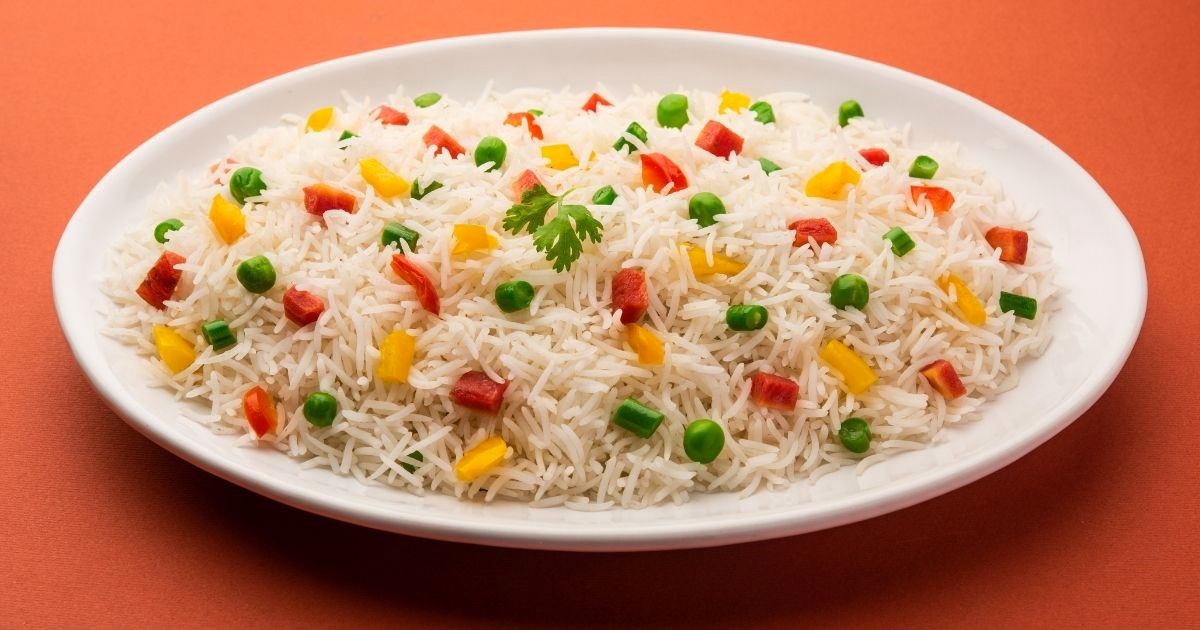When it comes to rice, it’s hard to beat the allure of Indian Basmati rice. As an integral part of Indian cuisine, offerings like Kohinoor Basmati hold a special place in our hearts and on our plates. Its unique qualities make it stand out among the numerous rice varieties, not just in India but worldwide. In this blog, we’re going to take you on a culinary journey through the precise perspective of why traditional basmati rice is, without a doubt, the best rice.
What Makes Basmati Special?
Before we dive into the many reasons why Indian Basmati rice is celebrated, let’s take a moment to understand what sets it apart. Stuff like Kohinoor Basmati is a long-grain rice variety primarily cultivated in the fertile regions of the Indian subcontinent, particularly in Northern India and Pakistan. It’s no ordinary rice; it’s the “King of Rice” or the “Queen of Fragrance,” and here’s why:
Exceptional Aroma
The first thing that captivates your senses when you cook Basmati rice is its enchanting aroma. The word “Basmati” itself means “fragrant,” and it lives up to its name. This aromatic quality is due to the natural compounds found in the grain, especially 2-acetyl-1-pyrroline. When traditional Basmati rice is cooked, it releases a delightful, nutty scent that enhances the overall dining experience.
Elongated Grains
Basmati rice grains are long, slender, and elegant. These elongated grains not only look beautiful on your plate but also contribute to a distinct texture. They remain separate and fluffy when cooked, making them ideal for various dishes, from biryani to pulao and everything in between.
Delicate Taste
The flavour of something like Kohinoor rice is a delicacy in itself. It has a mild, nutty taste that complements a wide range of Indian curries, gravies, and side dishes. The subtlety of traditional Basmati rice allows it to complement the flavours of the dishes it’s paired with, rather than overpowering them.
Gluten-Free and Low in Fat
For health-conscious individuals, options like Kohinoor gold are a top choice. It’s naturally gluten-free and low in fat, making it a heart-healthy option. Plus, it’s a great source of carbohydrates, which provide a quick and sustained energy release.
Rich History and Heritage
Traditional Basmati rice has a rich history, dating back thousands of years. It’s been a staple in Indian households for generations, and it’s deeply rooted in our culinary heritage. This rice variety has played a vital role in Indian feasts, celebrations, and rituals.
A Glimpse of Basmati’s Popularity
Basmati rice’s popularity isn’t limited to India; it’s a global sensation. Here are some fascinating facts and figures to showcase its widespread acclaim:
Global Exports: India is the largest producer and exporter of Basmati rice, accounting for approximately 70% of the world’s Basmati exports. The aromatic rice is loved and enjoyed across the globe.
Culinary Versatility: Indian Basmati rice isn’t just for Indian cuisine. It’s used in various international dishes, from Middle Eastern pilaf to Mexican rice. Its ability to absorb flavours and aromas makes it a favourite among chefs worldwide.
Recognized and Protected: In 2016, the Geographical Indication (GI) status was granted to Basmati rice by the Indian government. This recognition ensures that only rice grown in specific regions of India and Pakistan can be labelled as “Basmati.”
Basmati in Indian Cuisine
Let’s talk about the role that something like Kohinoor rice plays in Indian cuisine. It’s not just a food item; it’s an integral part of our culture, traditions, and daily life. Here’s a look at how Basmati rice is used in various classic Indian dishes:
Biryani: Biryani, a beloved Indian dish, showcases the true beauty of Indian Basmati rice. The long grains absorb the flavours of the spices, herbs, and meat or vegetables, creating a dish that’s aromatic and flavourful.
Pulao: Vegetable pulao, chicken pulao, or any other pulao variety is incomplete without traditional Basmati rice. It lends a fragrant and exquisite touch to these one-pot meals.
Khichdi: The comfort food of India, khichdi, is a simple yet delicious dish made with Basmati rice and lentils. It’s light, easy to digest, and a favourite among Indians of all ages.
Saffron Rice: Saffron-infused Basmati rice, often served as a side dish, adds a touch of luxury to Indian meals. It’s a common sight on festive occasions and special feasts.
Kheer: Basmati rice is also used to prepare kheer, a sweet rice pudding. Its ability to absorb the flavours of milk, sugar, and cardamom makes Kheer an irresistible dessert.
The Health Benefits of Basmati Rice
Apart from its exquisite taste and versatility, Basmati rice offers several health benefits:
Low Glycemic Index
Basmati rice features a glycemic index that’s markedly lesser than the others. This means it releases glucose into the bloodstream more slowly, helping maintain steady blood sugar levels.
High in Nutrients
It’s not just about the aroma and taste; something like Kohinoor Basmati rice is also a good source of essential nutrients like vitamins, minerals, and fibre. It provides nourishment alongside its deliciousness.
Easily Digestible
The long grains of Basmati rice are easily digestible, making it a great choice for individuals with sensitive stomachs or digestive issues.
Energy Boost
As a carbohydrate-rich food, Basmati rice provides a quick and sustained energy boost. It’s a staple for athletes and those leading active lifestyles.
Cooking with Basmati Rice
If you want to experience the magic of something like Kohinoor rice in your kitchen, here are some tips for cooking it to perfection:
Rinse the Rice: Before starting off with the cooking process, clean and rinse the rice thoroughly to remove excess starch. This helps the grains remain separate after cooking.
Soak for a While: Soaking Basmati rice for 30 minutes to an hour before cooking can help the grains cook more evenly and absorb moisture better.
Perfect Water Ratio: For fluffy Basmati rice, use a 1:2 ratio of rice to water. Add a pinch of salt and a teaspoon of oil or ghee for enhanced flavour.
Fluff with a Fork: After cooking, fluff the rice with a fork to separate the grains without making them mushy.
Conclusion: The Basmati Rice Experience
In the realm of rice, Indian Basmati rice stands out as the finest gem. Its exquisite aroma, delicate taste, and rich history make it a true representative of Indian culture and cuisine. Basmati rice isn’t just a food item; it’s an experience, a tradition, and a symbol of the love and passion we put into our culinary creations.
From biryani to kheer, traditional Basmati rice has been a constant companion in our kitchens, offering us the finest flavours and unforgettable meals. Whether you’re cooking a hearty family dinner or celebrating a special occasion, Basmati rice is the best rice you can choose.
As we celebrate the culinary marvel that is Indian Basmati rice, let’s remember that it’s not just about what’s on our plates; it’s about the memories we create and the love we share around them. So, next time you savour a plate of aromatic Basmati rice, relish the experience and know that you’re enjoying the best rice in the world, from the heart of India.



